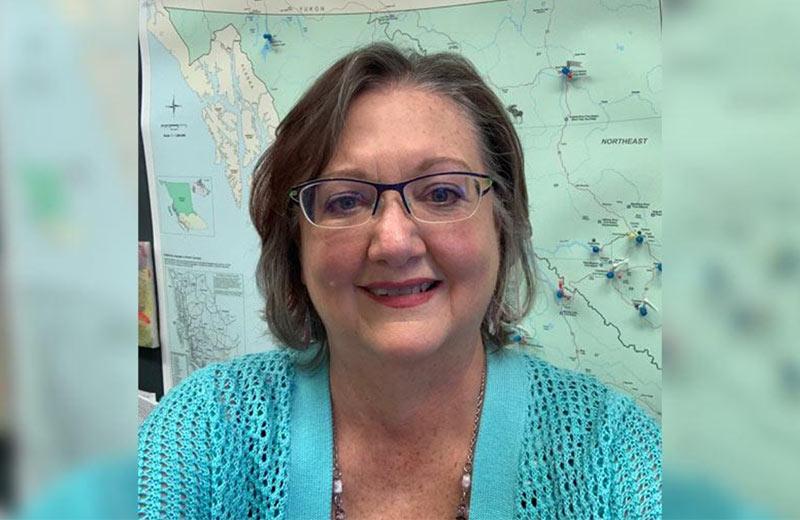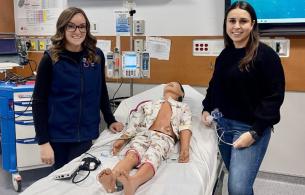Engaging individuals in the planning, delivery, and evaluation of health services is key to developing mutually beneficial relationships among patients, families, health care providers, researchers, and policy developers. Engagement helps us to work together to improve care quality and the experience of care.
Beth Ann Derksen, Executive Lead Critical/Urgent Care Program, has had the opportunity to lead engagement opportunities with patient partners in various roles over the years. It’s this partnership, she believes, that has been instrumental in improving care in the North.
“It’s really expanded my worldview,” says Beth Ann. “I am very grateful to have had the opportunity to work with such amazing people.”
Mental health and substance use
In the past, as former Director of mental health and substance use in the Northwest, Beth Ann engaged patients and families through established meetings in each community to learn more about their concerns regarding availability of services and supports.
This feedback was then used to improve practices for the mental health and substance use program.
“Getting a first hand account from our patient partners on how our work impacted the community was irreplaceable and the biggest impact to our success,” says Beth Ann.
Palliative care/end of the life program
In Beth Ann’s pervious role as Critical Care Executive Lead of the palliative care/end of life program, she oversaw the development of a critical care policy to guide the practice of compassionate withdrawal of mechanical support after brain death at end of life for intensive care unit (ICU) patients.
Her team worked closely with patient partners to reach out to ICU patients, caregivers and their families to learn more about what they would need in real time. This work helped shape the policy around the program that is used today.
In this particular case, Beth Ann worked with the BC Patient and Safety and Quality Council to find volunteers to participate from the Patient Voices Network, a group of patients, families and caregivers working together with health care organizations to improve care.
“I have always considered everyone at the table as equal partners – patient, physician, organizational leadership and point of care staff – so the patient partner had the same access to the policies being developed and an equal voice regarding the editing and approval of policy documents,” says Beth Ann.
SaferCare
More recently, Beth Ann has been working with patient partners on Northern Health’s SaferCare project, focused on providing patients access to their health records online.
After her initial positive experience with Patient Voices Network, Beth Ann reached out again to find volunteers to participate on this project.
“This was a vital role for us to fill as the project impacts patients the greatest. Patient partners will have influence not only the policy and content material we develop, but also on what information patients would want to have access to to view in real time,” says Beth Ann.
Northern Health continues to work closely with patient partners, focusing on improving care in the North. Thank you for your contributions to this work, Beth Ann!














Comments